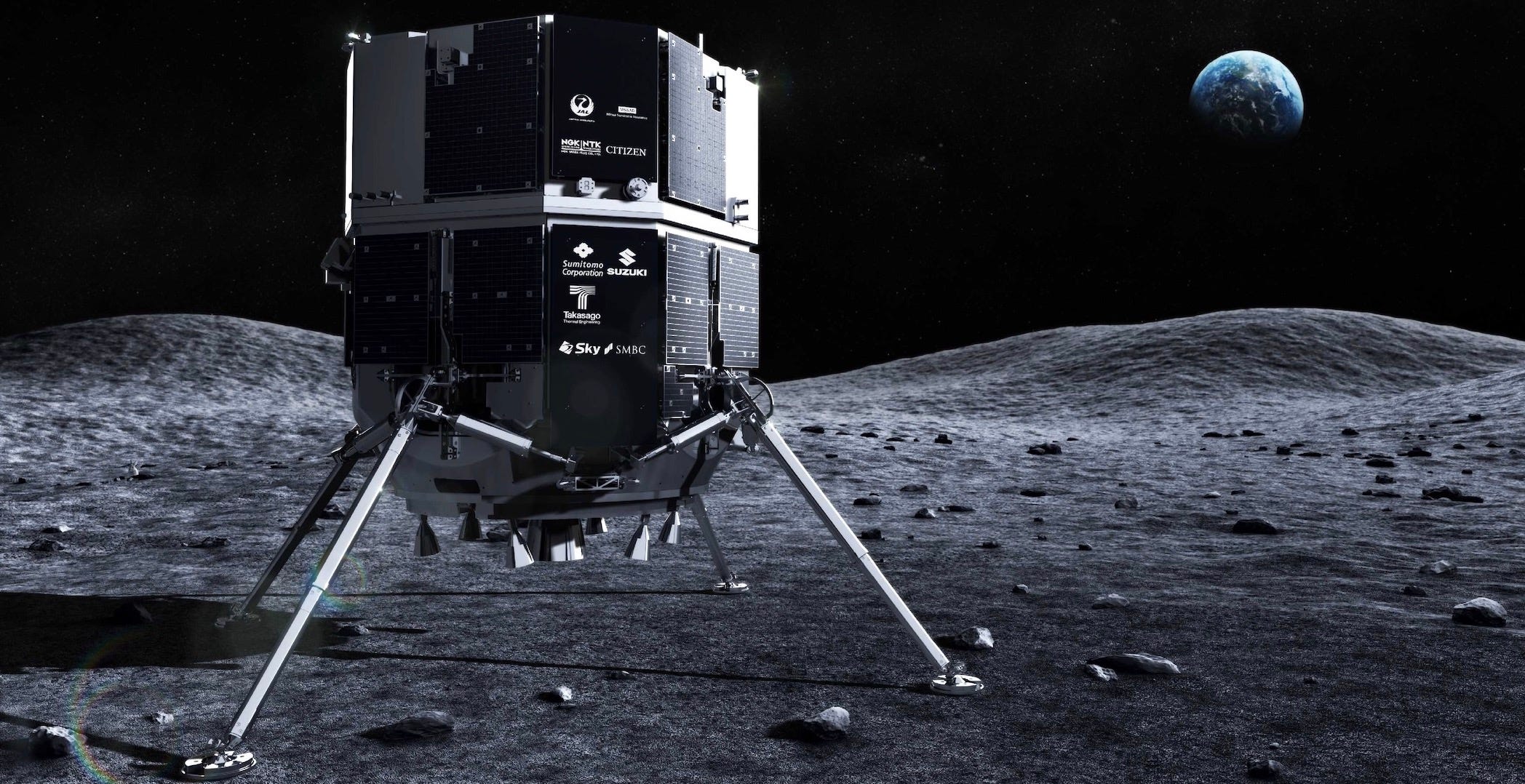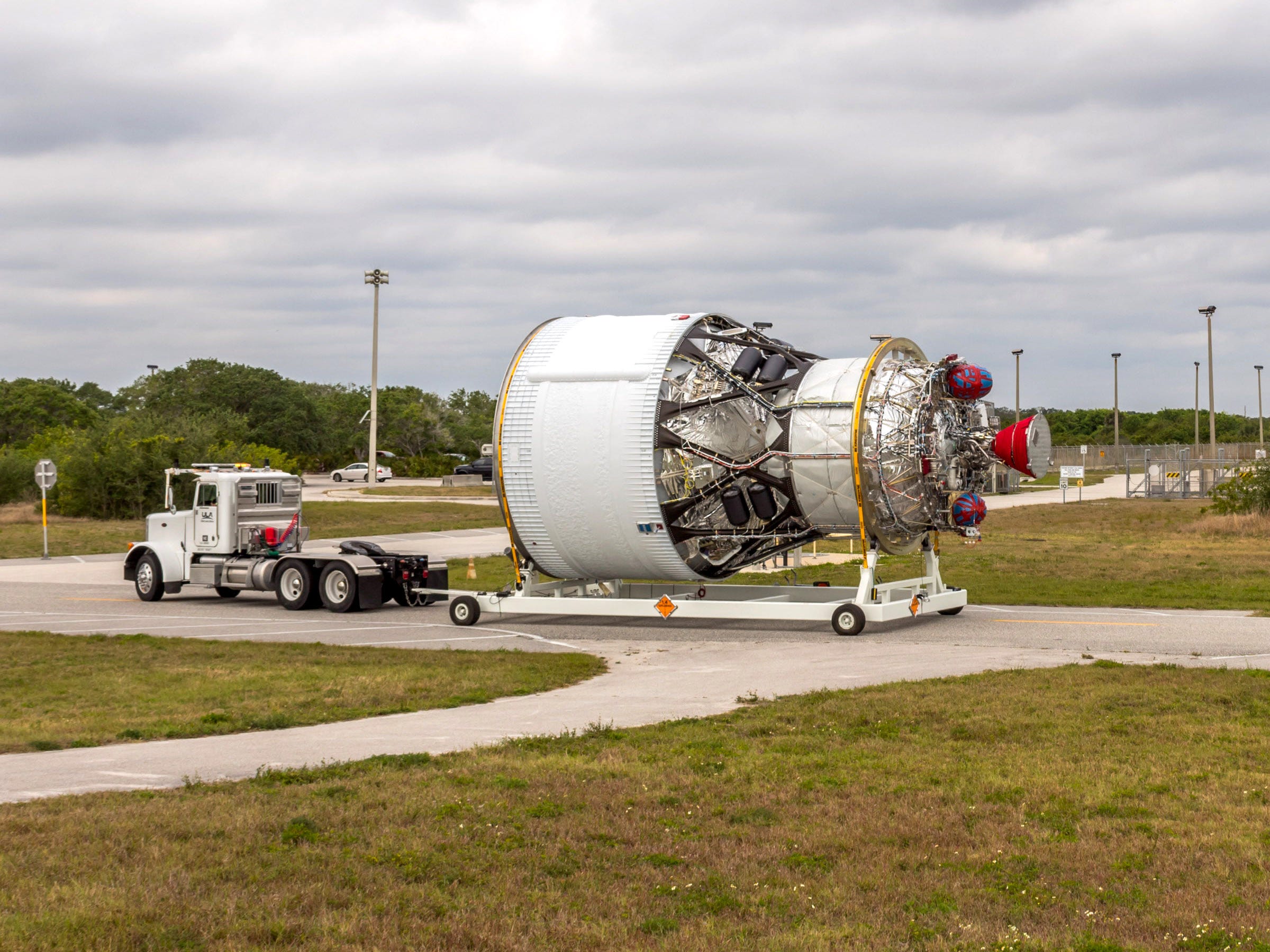Moon Monday #123: Views of Luna from a Korean craft, mission updates, and more
I’m happy to share that The Orbital Index is continuing their sponsorship of Moon Monday for another year! 🚀
Considering that the newsletter was part of my inspiration for starting Moon Monday, Andrew and Ben’s support continues to be a gratifying validation of my efforts to cover in context all major global exploration developments in our grand return to the Moon. As an aside, The Orbital Index remains my favorite technical space newsletter, and I genuinely think the space nerd in you might enjoy perusing its archive. 🛰️
Science mode is ON for the Moonbound KPLO
South Korea’s first lunar orbiter KPLO formally started its one-year primary mission to study the Moon’s surface in February, after mission operators had completed the commissioning and testing phases of the orbiter’s instruments and subsystems. The mission’s lead institute, Korean Aerospace Research Institute (KARI), has provided updates on the some of the preliminary scientific activities from KPLO’s four indigenously built instruments.
In March, KPLO’s highest resolution imager—which does 2.5 meters/pixel best case—photographed several pre-identified places including the farside craters of Tsiolkovskiy and Szilard M. Note that South Korea will use images from this very instrument to help identify good landing site candidates for its upcoming fully indigenous Moon lander, which is targeting launch in 2032.

KPLO’s unique wide-angle polarimetric camera, which determines the size and composition of surface materials based on how light reflects and scatters off of them, has captured polarization data of various areas. This capability will be particularly helpful to understand the origin(s) of the enigmatic bright features on our Moon called swirls.
The orbiter’s gamma-ray spectrometer, which looks at highly energetic gamma rays released from the Moon’s surface to determine its elements, has begun taking measurements as well. The same goes for KPLO’s magnetometer, whose datasets should help us better understand our Moon’s localized magnetic features, including swirls, and in turn our Moon’s evolution. KARI plans to release a bunch of datasets from all of these four instruments by end of April.
Relatedly, we’ve already discussed previously how NASA’s ultra-sensitive ShadowCam imager onboard KPLO has initiated its uniquely impactful observations concerning permanently shadowed regions on the Moon’s poles.
ispace to attempt a Moon landing next week

ispace Japan’s first lunar lander Hakuto-R will attempt a remotely-initiated, hour-long autonomous landing on April 25 starting from 15:40 UTC. The target landing site lies within the Atlas crater at 47.5°N, 44.4°E. Hakuto-R has spent almost a month orbiting our Moon at this point, and ispace says the lander attained a 100-kilometer circular orbit on April 13. This orbit, necessary to begin the lunar surface descent, was achieved over weeks from the previously elliptical orbit of 100 x 6,000 kilometers. In case ispace doesn’t initiate the lander’s descent on April 25, there are backup opportunities on April 26, May 1, and May 3.
Relatedly, ispace Japan got listed on the Tokyo Stock Exchange on April 12, under ticker code 9348. Nikkei Asia reports how the company’s shares soared by 370% on the opening day but that they remained un-traded regardless. Jeff Foust has some interesting notes on ispace’s financial details, one being that ispace’s sales are increasing but the overall loss growing year-over-year.
If you’d like an overview of all of ispace’s lunar activities across its presence in Japan, Europe, and the US, check out my article covering the company’s first Moon mission, future ones, technology work, and business ambitions.
Many thanks to Epsilon3 and The Orbital Index for sponsoring this week’s Moon Monday.
More mission updates

- ISRO and NASA successfully tested data flow between India’s soon-launching Chandrayaan 3 Moon lander and the US Deep Space Network (DSN). This is part of a February 2022 agreement to have DSN support communications for the mission. ESA’s Estrack network will also provide backup communications, as part of a broader mutual support agreement with the Indian space agency. ISRO uses its own Indian Deep Space Network as a primary means for communicating with its planetary spacecraft but partners with other space agencies for backup and auxiliary options. India’s Chandrayaan 1 and 2 orbiters as well as Mangalyaan have had DSN support too.
- The blowing up of a test Centaur V upper stage, a key element of ULA’s upcoming Vulcan rocket, is bound to delay Astrobotic’s first Moon lander which was previously targeting a May 4 launch on the rocket. This lander, alongside that of Intuitive Machines, will be the first two missions part of NASA’s CLPS program aimed at regularly, commercially sending payloads, instruments, and hardware to our Moon.
- More and more hardware continues to come online for NASA’s Artemis II mission to fly four astronauts around our Moon and back. The ULA-built Interim Cryogenic Propulsion Stage (ICPS), which forms the second stage of the mission’s SLS rocket, is now being tested by the company before delivery to NASA. After launch, which NASA aims to be in November 2024, the ICPS will fire its engine to push the connected Orion spacecraft and astronauts within out of Earth orbit and on the path to the Moon. During the mission the ICPS will also be a target object for Orion to test rendezvous and proximity operations with, in preparation for the future Artemis III crewed mission.
- On April 13, Draper said it has successfully completed preliminary reviews for its first CLPS mission, which is targeting a 2025 launch of the company-led lander aspiring a touchdown on the Moon’s farside.
Note: I’ve again updated my CLPS missions page with the latest information and links.
More Moon
- With a scrubbed launch today, SpaceX will target first launch of its fully reusable Starship Super Heavy launch vehicle sometime later this week. A successful flight of the both the Super Heavy booster and Starship upper stage will mark a key milestone towards landing the first Artemis astronauts on the Moon since NASA has so far selected Starship’s lunar variant as the primary lander for the mission.
- With a slightly increased budget of $3.1 billion this fiscal year, Roscosmos intends to accelerate its lunar missions and ambitions. To that end, the agency is working on getting its government to approve a Russian Moon program draft, which aspirationally includes crewed cosmonaut landings. Now this isn’t the first time we’re hearing of such a goal but one thing is clear: The fate of Russia’s long-delayed Luna 25 robotic Moon lander, currently scheduled for a July 13 launch, will shape the scope of the country’s future Moon missions.
Events
- This year’s Space Resources Week event is from April 19–21. It will focus on international collaborations and research projects on space resources—including that of the Moon—as well as on upcoming resource-extraction technology demonstrators and their legal aspects. Online attendance is free.
- NASA has two publicly accessible Artemis briefings on April 18 and 19 as part of the otherwise paid-only 38th Space Symposium.
- The Indian institute of ICTS has organized a Lunar Gravitational-Wave Detection meet from April 17–20 to discuss the science and technology of future gravitational wave detections from the Moon as well as ongoing tangential lunar exploration efforts.
